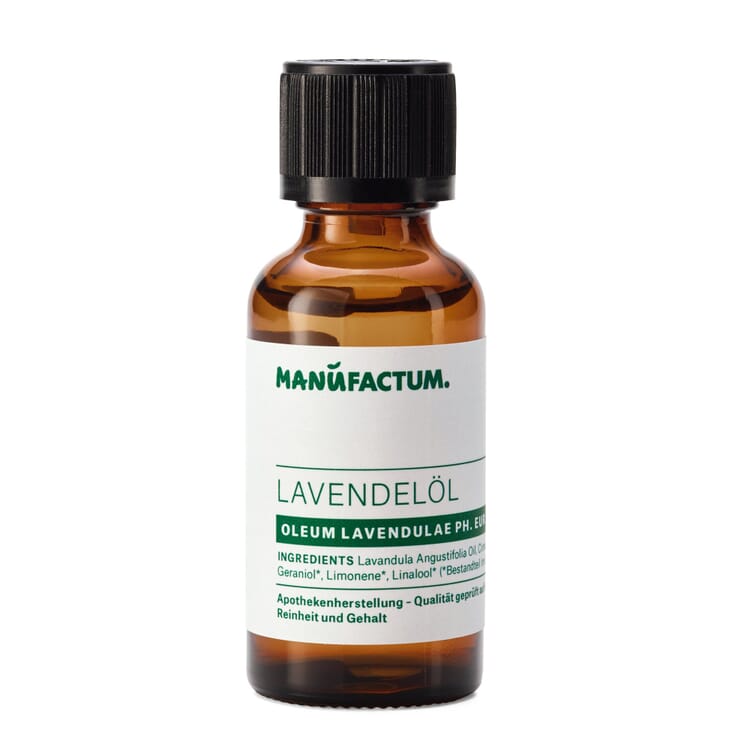- Aloe vera
- Apricot
- Argan tree
- Arnica
- Avocado
- Bay rum tree
- Bergamot orange
- Birch
- Carnauba Palm
- German Chamomile
- Bay laurel
- Common Sage
- Eucalyptus
- Fennel
- Norway spruce
- Clove tree
- Common Nettle
- Hops
- Magnolia
- Iceland moss
- Jojoba
- Coffee tree
- Cacao tree
- Camphor tree
- Shea tree
- Mountain pine
- Lavender
- Macadamia
- Almond Tree
- Lemon balm
- Myrrh
- Olive tree
- Orange tree
- Peppermint
- Calendula
- Rose
- Horse chestnut
- Soybean
- Tea tree
- Black cohosh
- Witch hazel
- Rowanberry
- Castor oil plant
- Lemon
Medicinal plants A|B|C
Rowan berry (Sorbus aucuparia)

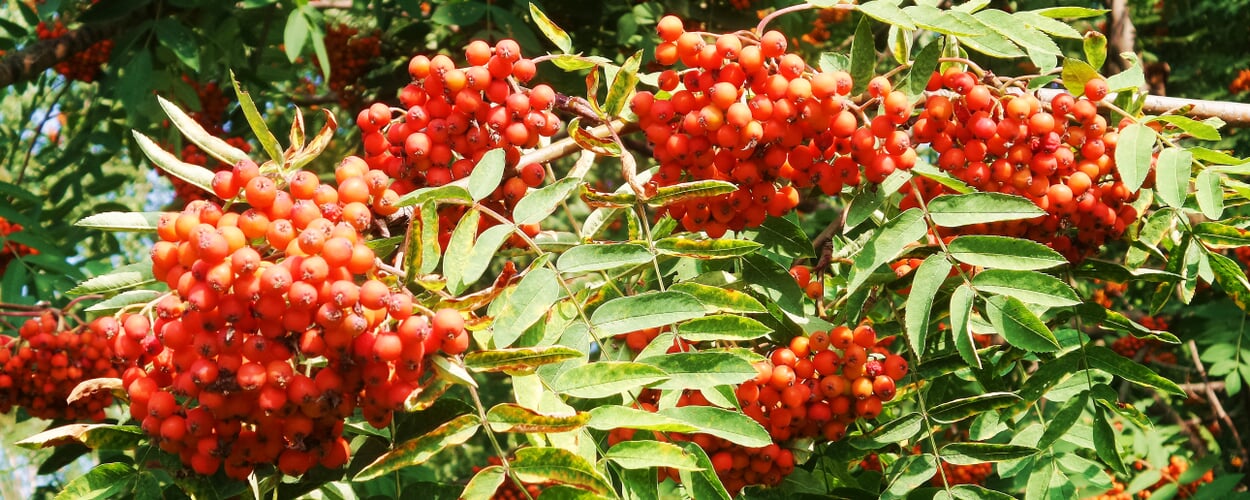
The Cranberry, which grows up to 15 meters high, is one of the few trees in Central Europe with pinnate leaves. It owes its second name to this fact: Mountain Ash. It comes from Aber-ash, meaning "false ash" - just as Aber-faith is "false faith". The fruits of the rowan ripen from August to October and look like tiny, bright red apples with a diameter of just over half a centimeter.
Origin and cultivation.
The rowan is an undemanding and frost-hardy pioneer tree species and is native to Europe and northern Asia. The wild form contains the bitter substance parasorbic acid, which has a mild laxative and diuretic effect. Because fruits fresh from the tree are bitter and inedible, no one grabs them more than once, and diarrhea and vomiting do not occur in the first place. Around 1810 a spontaneously mutated form was found: The fruits of the Moravian rowan are significantly larger and virtually free of bitterness. Like other noble rowan trees, it is grown in low mountain areas where other fruit trees no longer give a yield.
Ingredients.
When heated and after the first frosts, parasorbic acid transforms into sorbic acid, which is harmless to health. So nothing stands in the way of using wild rowan berries for jams ("four-fruit jam") and spirits such as schnapps and liqueurs. Rowan berries are rich in vitamin C and provitamin A, and the sugar substitute sorbitol, which is suitable for diabetics, is also present in larger quantities. The tasteless and odorless sorbic acid acts as a preservative reliably against yeasts, molds and many strains of bacteria. Today, it is produced exclusively synthetically.
Use of sorbic acid.

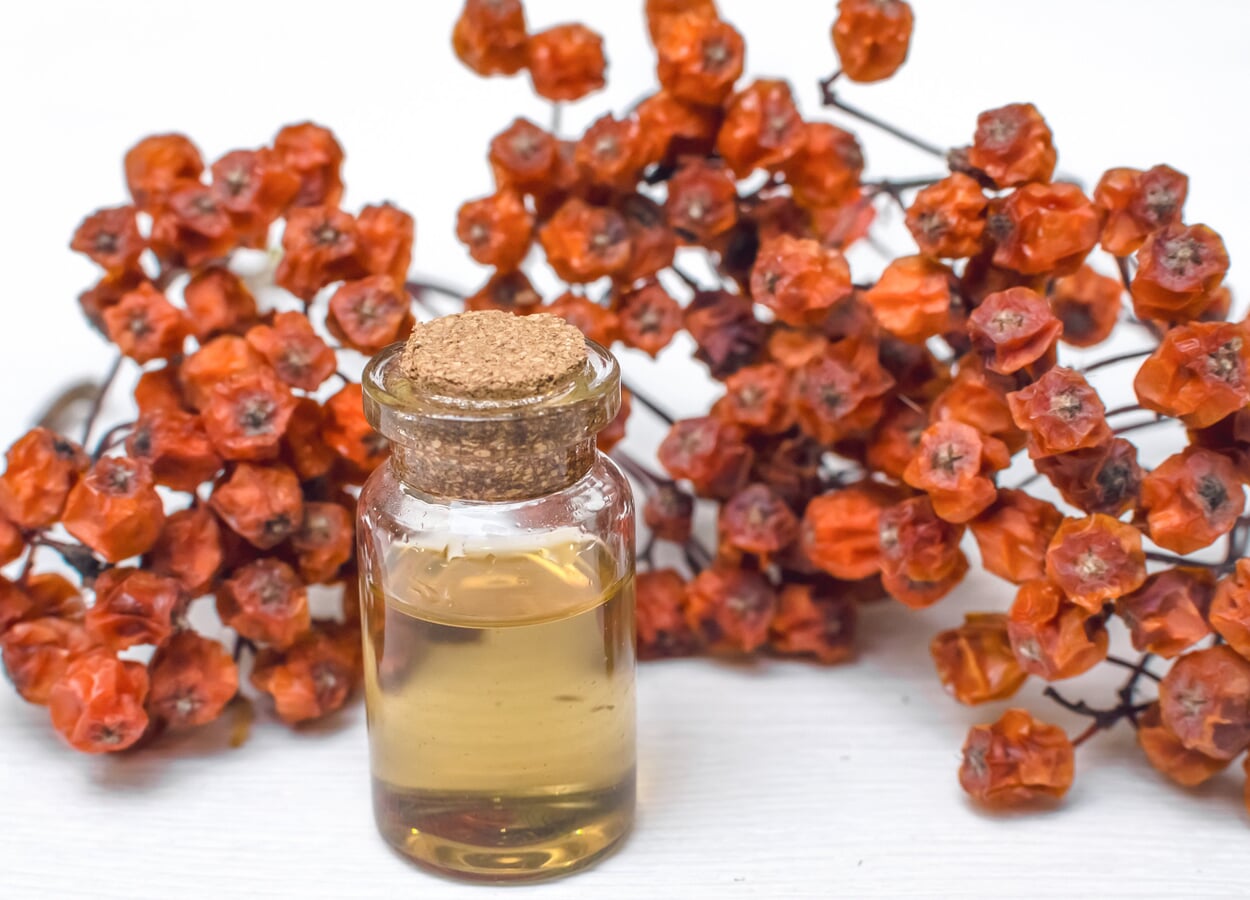
- In cosmetics and remedies, sorbic acid ensures microbiological stability and thus a longer service life
- Sorbic acid also does something for chemical stability. As a natural antioxidant, it scavenges free radicals. This means that oils and fats contained in cosmetics and medicines do not go rancid so quickly, and enzymes remain effective for a longer period of time.
- Sorbic acid is a comparatively mild preservative. It prevents recolonization of a hygienic substrate (for example, one that has been previously heated) over a certain period of time, but it cannot kill the germs. If the substrate is massively contaminated, it is practically ineffective.
- Because rowan berries hang on the tree for so long in late autumn and winter without going rotten, sorbic acid was discovered as a preservative
- sorbic acid is the most commonly used food preservative (E 200). Its salts, the sorbates (E 201, 202 and 203), are or were also used as preservatives.
Exclusive Manufactum body care products
Recommended Topics


Like delphinium and columbine, black cohosh belongs to the buttercup family. Above the multiple pinnate leaves of the perennial and herbaceous plant appear from June to September up to 60 centimeters long, narrow and upright flower clusters. The long stamens of the small, white individual flowers make these flower clusters look downy.
View more
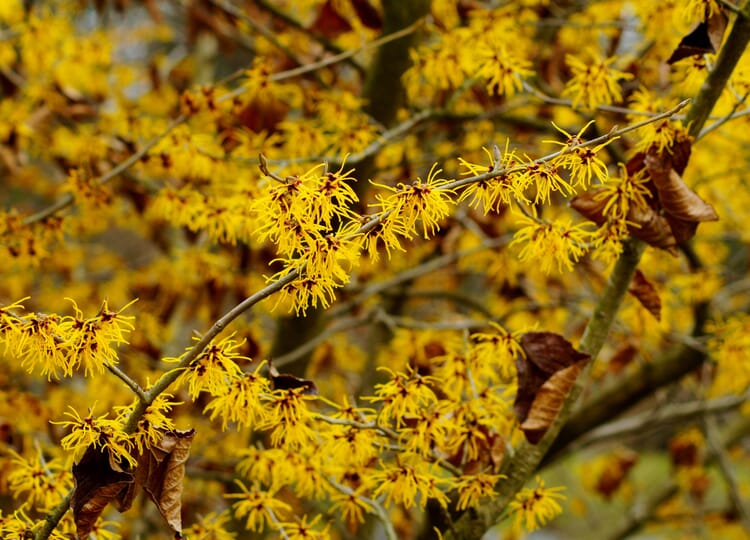
The genus Hamamelis comprises five species, three of which originate from America and one each from Japan and China. However, only the witch hazel is of interest for pharmacy and cosmetics. It is a deciduous shrub that grows up to seven meters high and sometimes also grows as a tree with a short trunk and broad crown. Its bark is palebraun and smooth; the leaves resemble those of the hazelnut. From September to October appear strongly fragrant, pale yellow flowers with very narrow, almost filamentous petals.
View more
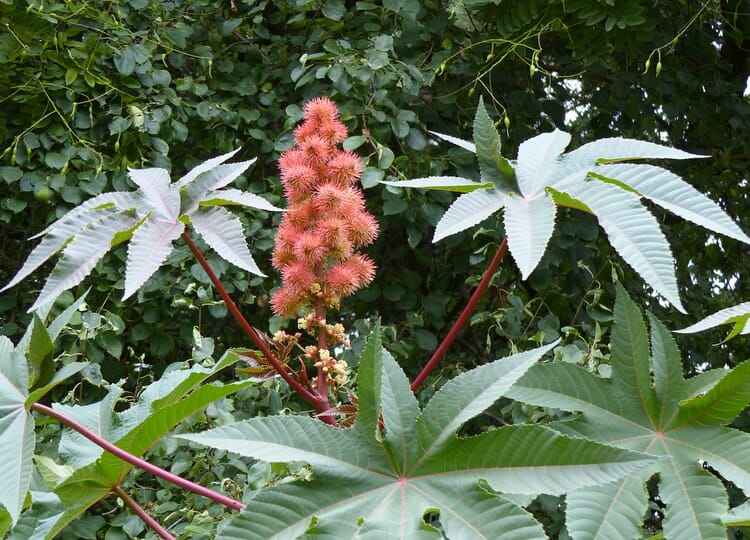
The Castor oil plant is a perennial spurge from the tropics and subtropics that can grow up to twelve meters high within a few years. In Europe north of the Alps, it thrives only as an annual and reaches a height of two meters. Here it is planted in gardens because of its decorative, palmately divided leaves, which grow to about half a meter.
View more


